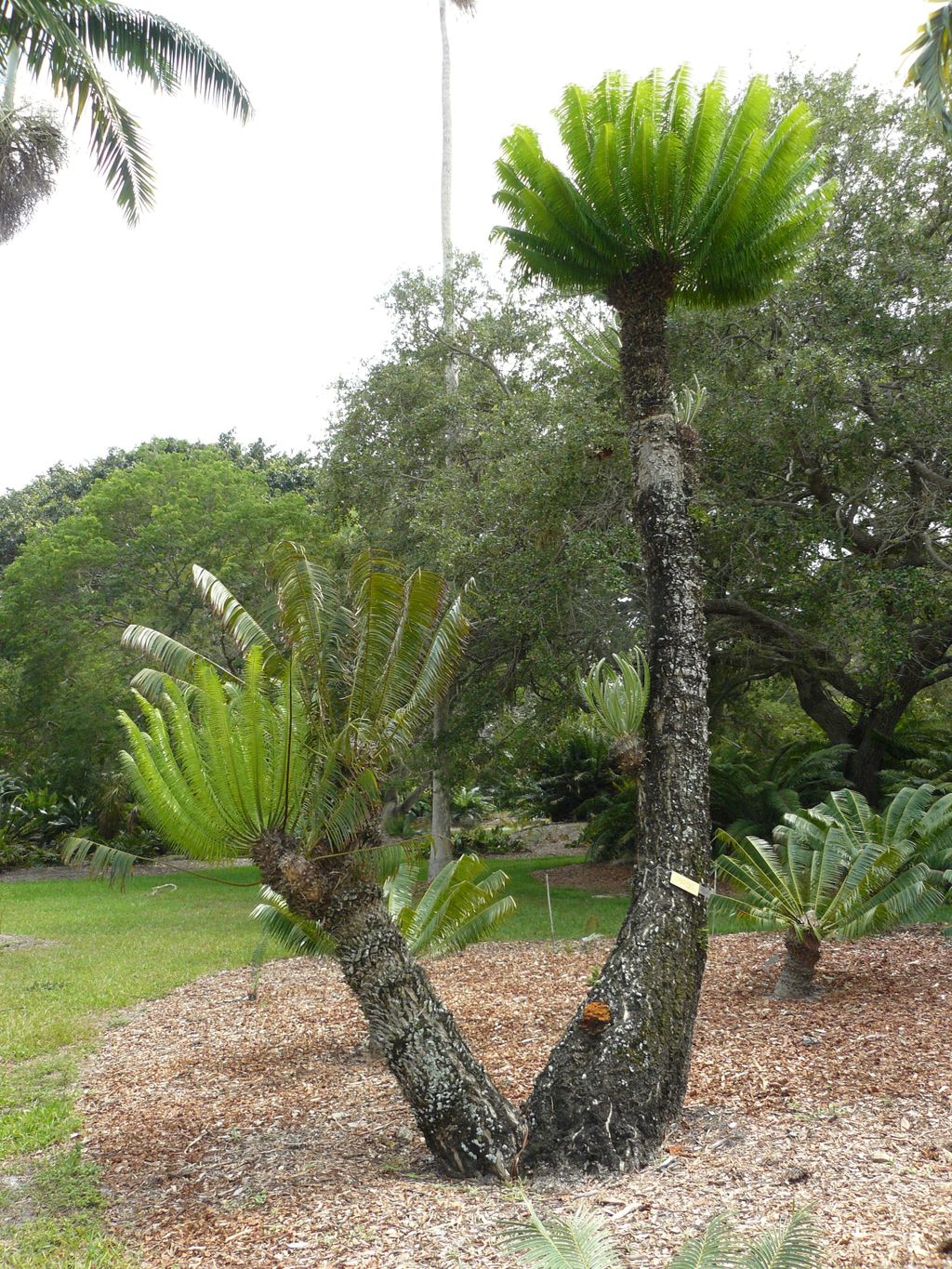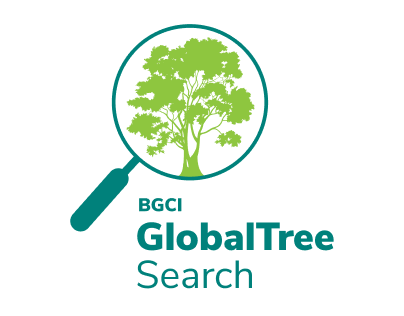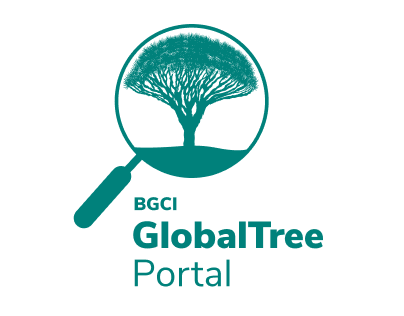Exceptional Species
- Conservation Prioritisation
- Tree Conservation
- Seed Conservation
- Ecological Restoration
- Exceptional Species
- Plant Health and Biosecurity
While seed banking is an effective ex situ conservation approach for many plant species, there is growing awareness of Exceptional Species that cannot be adequately preserved long-term using current seed banking best practices. Exceptional species are being identified which do not produce seed, survive seed bank conditions (15% relative humidity and -20oC), remain viable over a reasonable length of time in seed bank conditions, or have the ability to germinate and produce plants upon removal from a seed bank.
Species with any of the above-mentioned characteristics require alternative ex situ conservation approaches via living plant, tissue culture, or cryopreserved collections. These approaches are much more costly and time-consuming, and often require novel research to develop successful long-term preservation protocols.
Identifying Exceptional Species
Currently, there is no comprehensive resource for identifying exceptional plant species, but this information is needed for prioritizing ex situ conservation planning and activities. As a starting point for defining exceptional species, BGCI-US collaborated with Sara Helm Wallace, 2013-2015 Longwood Graduate Fellow, to draft a North American exceptional species list and survey experts around the world about species that cannot be seed banked. BGCI’s PlantSearch database also provided a foundation for identification of species not found in seed banks. Sara’s thesis and the results of her work are available here.
A Global Approach
BGCI is collaborating with Dr. Valerie Pence at the Cincinnati Zoo and Botanical Gardens to link knowledge, resources and projects globally to conserve threatened exceptional species in a systematic way. One major way we are promoting the conservation of these exceptional species is through the Exceptional Plant Conservation Network (EPCN). We are also collaborating on an effort to develop a dynamic global exceptional plant species list.
Directory of Expertise
To contribute to the conservation of these important species, the EPCN has developed a Directory of Expertise in Conservation Best Practice for Exceptional Plant Species. Use this directory to search for and connect with individuals and institutions working with exceptional species around the world. Add your details here to become part of the EPCN network.
Conserving Exceptional Species
BGCI-US and The Morton Arboretum are working with NatureServe and the United States Forest Service to conduct a conservation gap analysis of oaks, consisting of iconic and economically important exceptional species. Acorns will not survive long-term dry storage, and other forms of ex situ conservation like in vitro propagation and cryopreservation are challenging for most oak species because of their high tannin content. We are working to identify and increase the conservation value of plant collections of threatened oak species, and making that material available to support research into appropriate in vitro propagation and cryopreservation techniques.
Projects on Exceptional Species
For more information on how we are working to identify and conserve exceptional species, see also BGCI’s Global Trees Campaign exceptional species webpage.
Share






